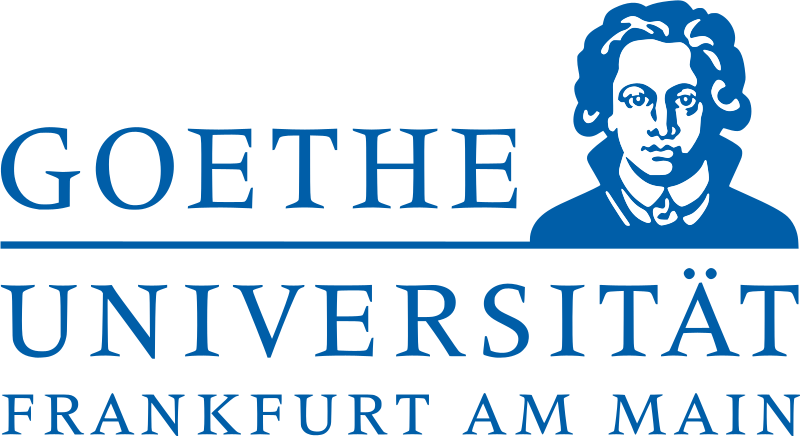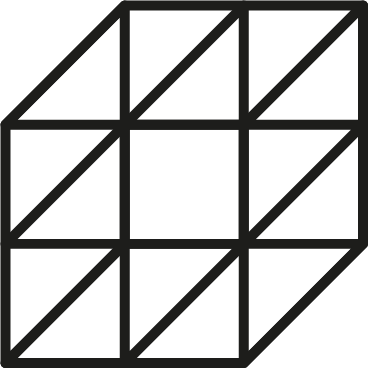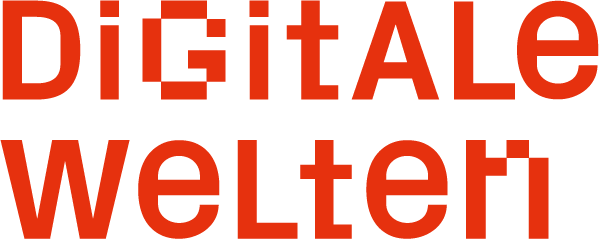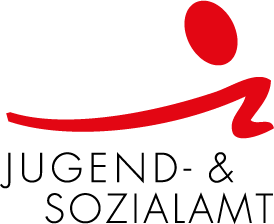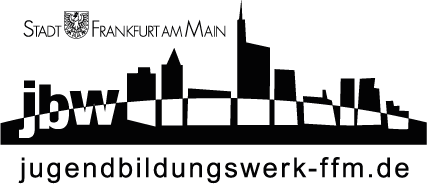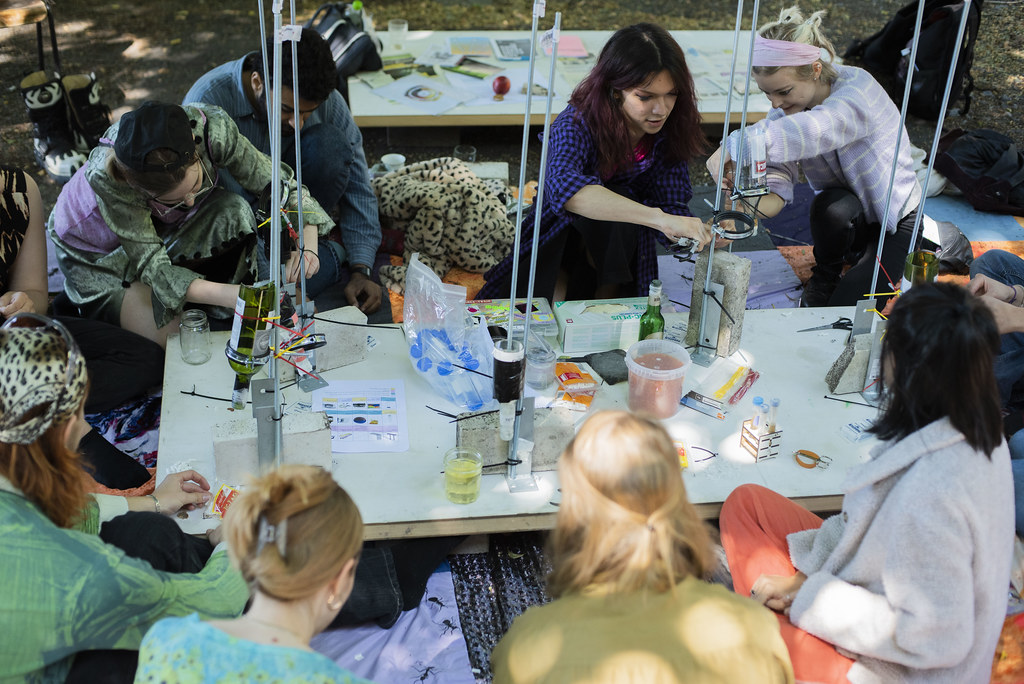How we started:
The SECOND NATURE LAB was initiated during NODE20 seeking answers to the questions posed during the festival. It brings together artists that help us to better understand the complexity of the looming climate catastrophe and our role in it.
In the aftermath of NODE20, our online laboratory went practical. In lab modules, artists, scientists and activists developed strategies for a more sustainable practice in many different spheres of life. Participants developed prototypes, tried out sustainable strategies and gained new perspectives on our environment and its species.
Image: Post Cyber Live Programme, Mary Maggic photo Mark Blower, London ICA, 2017
Designing a virtual lab
Virtual spaces have likely never been so omnipresent as they are today. In times when encounters in real space are kept to a minimum, the expansion of the digital is obvious. But this also increases the expectations towards virtual spaces: They are supposed to be a place of social encounter, an information center and a malleable archive all in one.
Together with Professor Florian Jenett, students of Communication Design at Mainz University of Applied Sciences had set themselves the goal of developing a digital platform for the exhibition NODE20 and the Second Nature Lab during summer semester of 2020. The goal was to create a space that enables offline and virtual visitors to deposit their own impressions and experiences. The core question was how to give more visibility to the contributions of online and offline visitors alike.
But that was before COVID-19. With the lockdown the demands for the digital platform changed. What these were and what kind of results the students achieved and will achieve over the course of the project, you will soon explore in our virtual SECOND NATURE LAB.
Mapping Eco Futures
The team of the Institute for Art Education at the Goethe University Frankfurt (Visual Culture/Prof. Dr. Verena Kuni) joins with the project MAPPING ECO FUTURES: a network of short articles in various formats that will continue to grow throughout the duration of the SECOND NATURE LAB.
With scientific and poetic impulses on phenomena, theories and practices at the interfaces of art, design and technology, as they play a role in the SECOND NATURE LAB, MAPPING ECO FUTURES explores the field of future ecologies.
How to attend?
At the moment, no lab modules are running. If you are interested in sharing your knowledge, please write us an email!
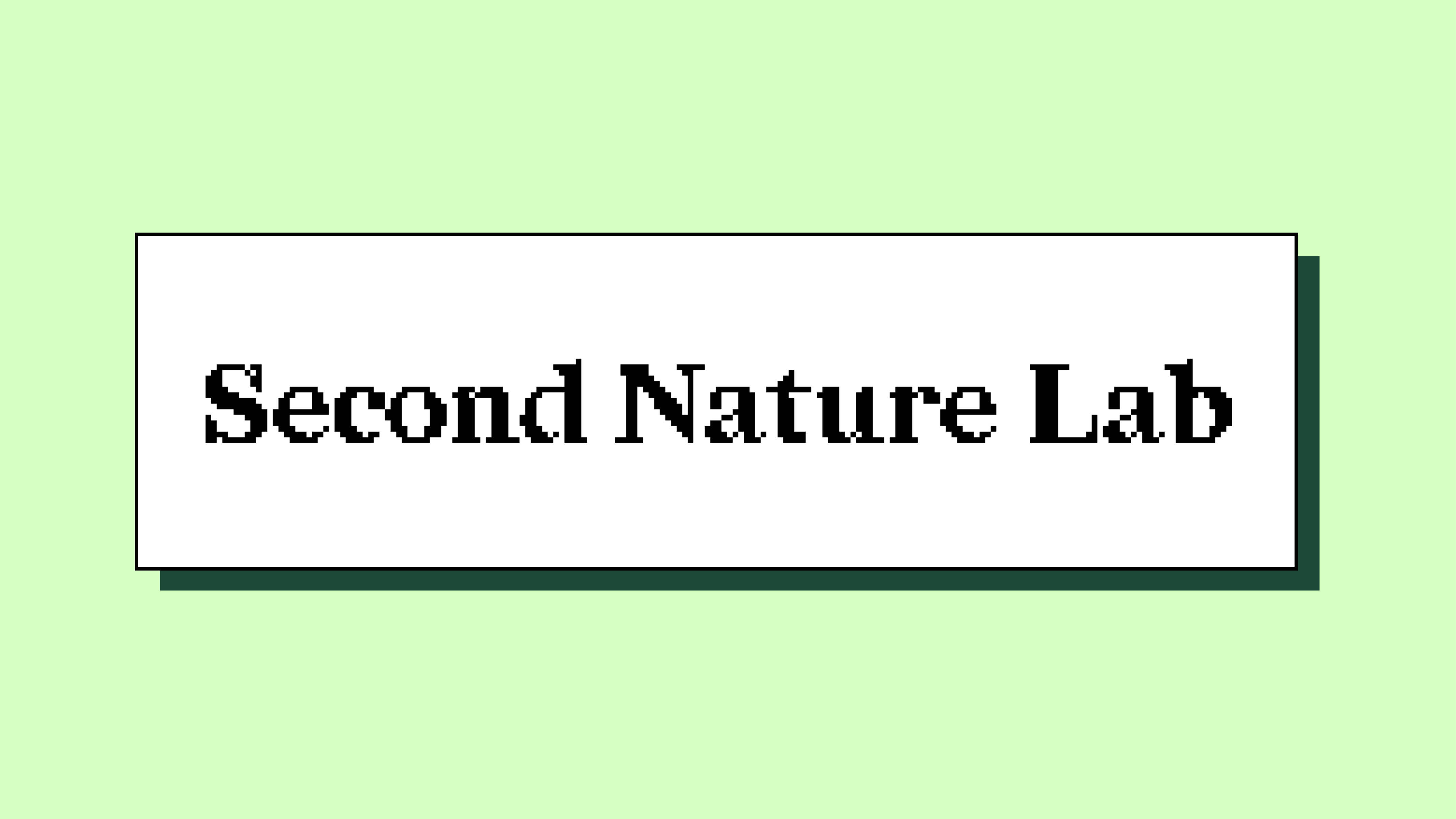
The first lab modules were run by:
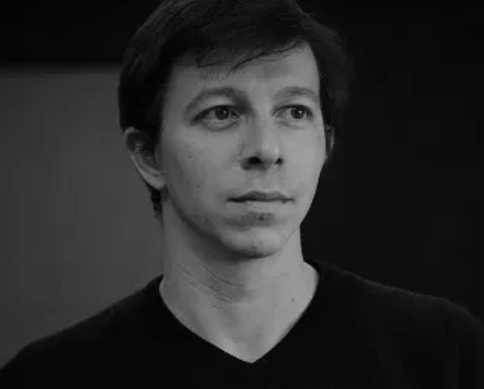
Joanie Lemercier
Brussels
joanielemercier.comJoanie Lemercier is a French artist primarily focused on projections of light in space and its influence on our perception.
Lemercier was introduced to creating art on a computer at age five by attending classes on pattern design for fabrics taught by his mother. The threads of his early education grounded his interest in physical structures: geometry, patterns, and minimalist forms. As Lemercier’s work evolved, he began to play with these concrete structures through the physics and philosophy of how light can be used to manipulate perceived reality.
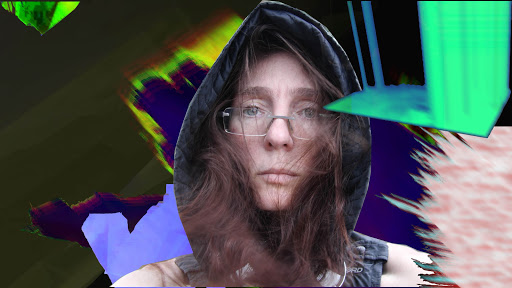
Antye Greie (AGF)
antyegreie.comAntye Greie-Ripatti calls herself poemproducer or audio sculptress, performing and producing as AGF. She/her weaves deconstructed language, field recordings, low frequencies, disembodied voices, post-club aesthetics, interwoven a-rhythmical patterns into dense sonic feminist sonic technologies.
Audio sculptress performing as AGF, poetess and new media artist Antye Greie-Ripatti utilizes language, sound, feminist sonic technologies, politics & explores speech within the audible depths of anti-rhythmic post-internet assemblages.
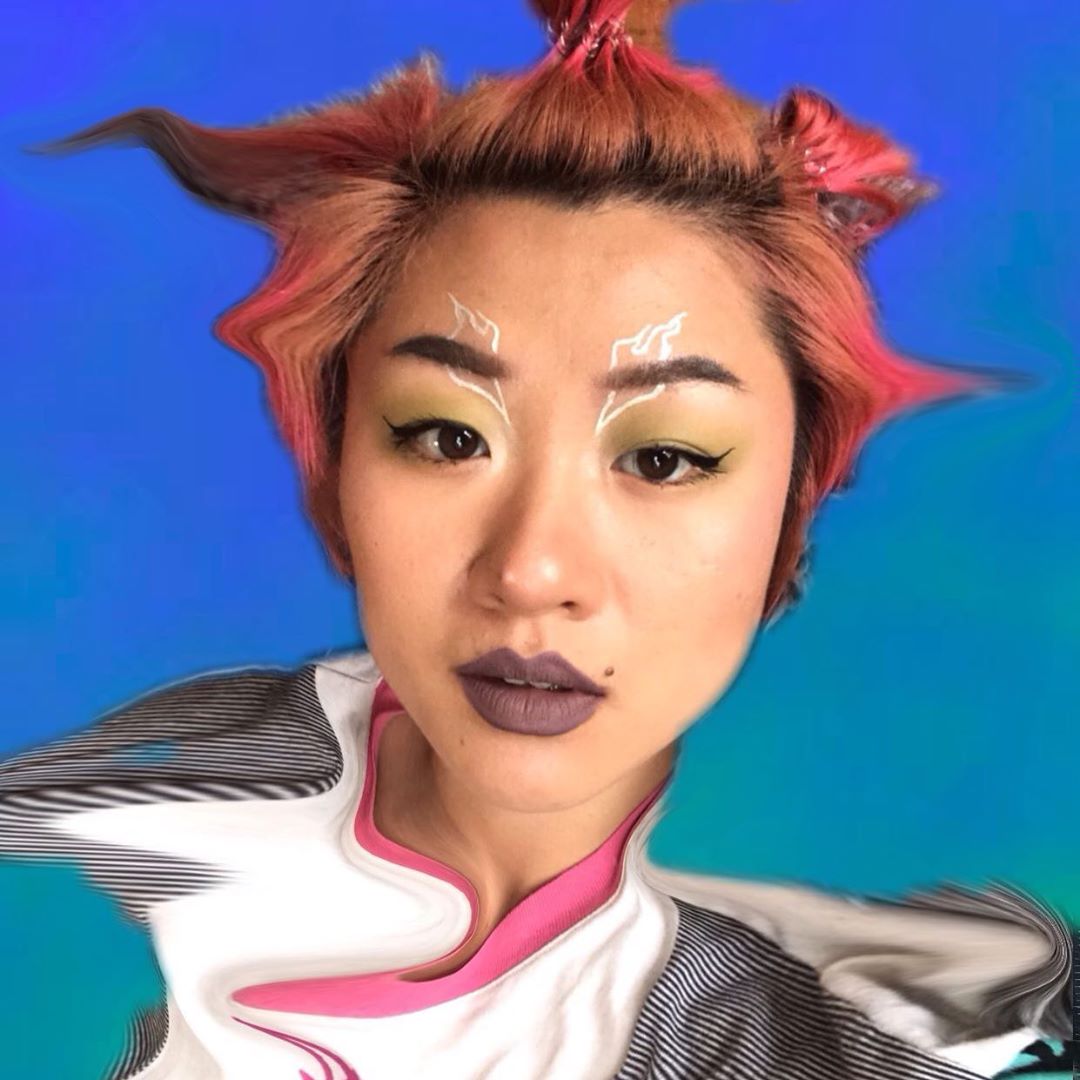
Mary Maggic
Vienna
maggic.oooMary Maggic (b. Los Angeles, 1991) is a non-binary Chinese-American artist currently based in Vienna, Austria. Their work spans amateur science, public workshopology, performance, installation, documentary film, and speculative fiction. Since 2015, Maggic’s research has centered on hormone biopolitics and environmental toxicity, and how the ethos and methodologies of biohacking can serve to demystify invisible lines of molecular (bio)power.
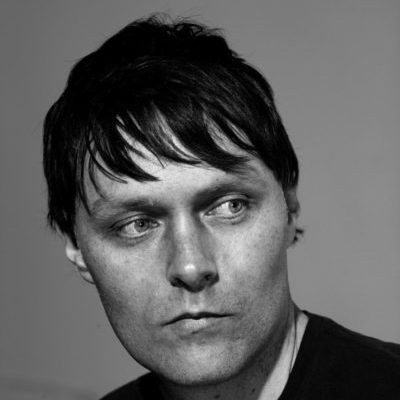
Julian Oliver
Berlin, Germany
julianoliver.comJulian Oliver is a New Zealander, Critical Engineer, systems architect, educator, electronic artist and activist. His work and lectures have been presented at many conferences, museums, festivals and international electronic-art events including Transmediale, the Chaos Communication Congress, Ars Electronica, Tate Modern, FILE and the Japan Media Arts Festival. Julian has received several awards, most notably the distinguished Golden Nica at Prix Ars Electronica 2011 for the project Newstweek (with Daniil Vasiliev). He is the co-author of the Critical Engineering Manifesto, and member of the Critical Engineering Working Group.
Julian has given numerous workshops and master classes in data forensics, creative hacking, computer networking, counter-surveillance, software art, object-oriented programming, radio, UNIX/Linux, (and previously) augmented reality, virtual architecture, video-game development and information visualisation worldwide.

Ellie Irons
New York, US
environmentalperformanceagency.comEllie Irons is an artist and educator based in Brooklyn and Troy, New York. Working across media, from watercolor to re-wilding experiments, her practice combines socially engaged art and ecology fieldwork. Recent work involves collaborations focused on spontaneous urban plants (aka weeds), including co-founding the Next Epoch Seed Library and the Environmental Performance Agency. Irons received a BA from Scripps College in Los Angeles and an MFA from Hunter College, NY. She is currently a PhD candidate in arts practice Rensselaer Polytechnic Institute, focusing on how critical ecosocial art contributes to the struggle for multispecies solidarity in an age of climate chaos and mass extinction.
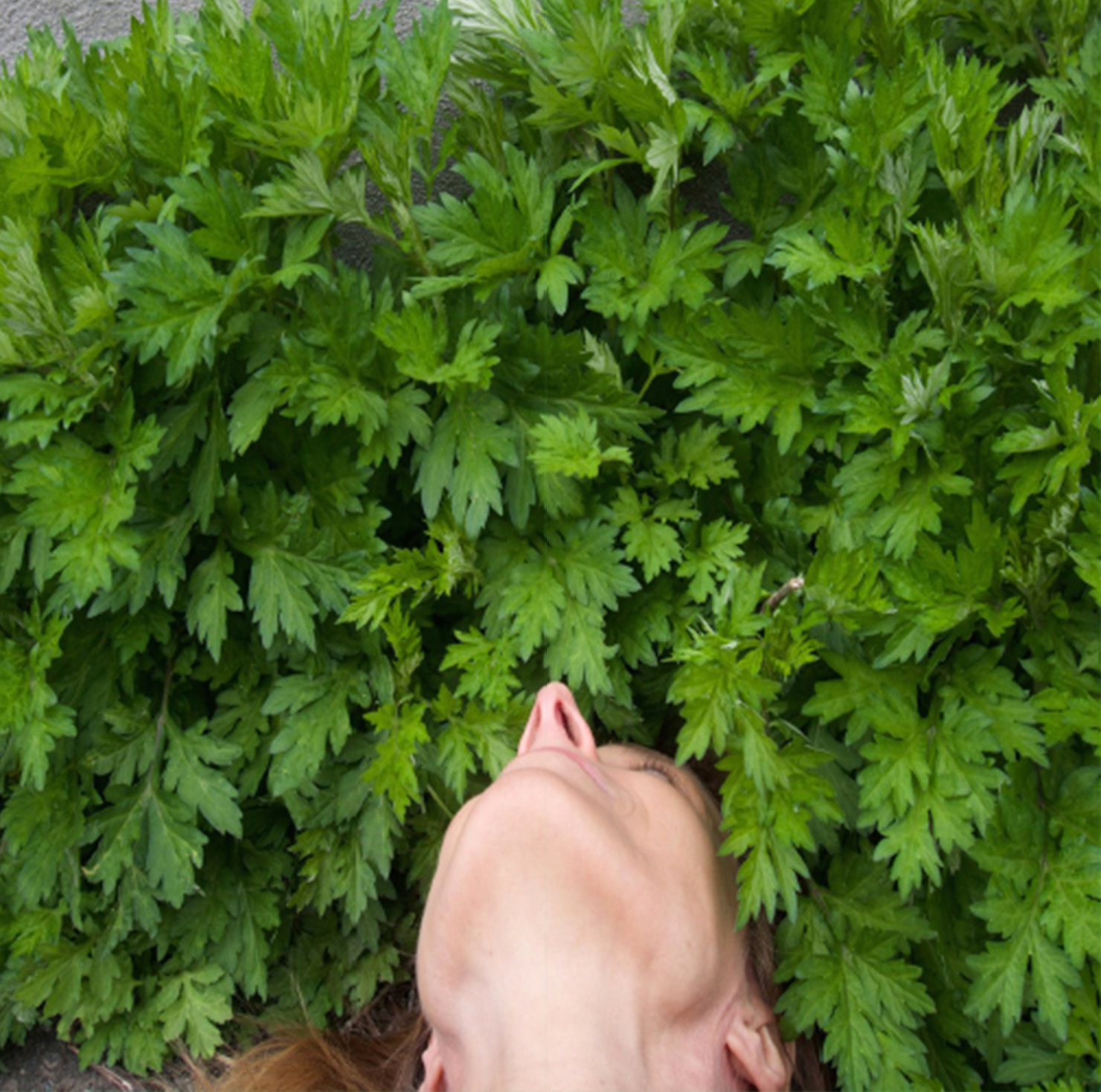
Andrea Haenggi
environmentalperformanceagency.comAndrea Haenggi (she/her), Swiss-born, is breathing and working at this moment in Lenapehoking — now called Brooklyn, New York. Calling on plants as her guides, teachers, mentors and performers, her dance and ecosocial art/fieldwork practice creates a form of theater called Ethnochoreobotanography, which simultaneously explores issues regarding decolonization, ecology, feminism, power, labor and care.
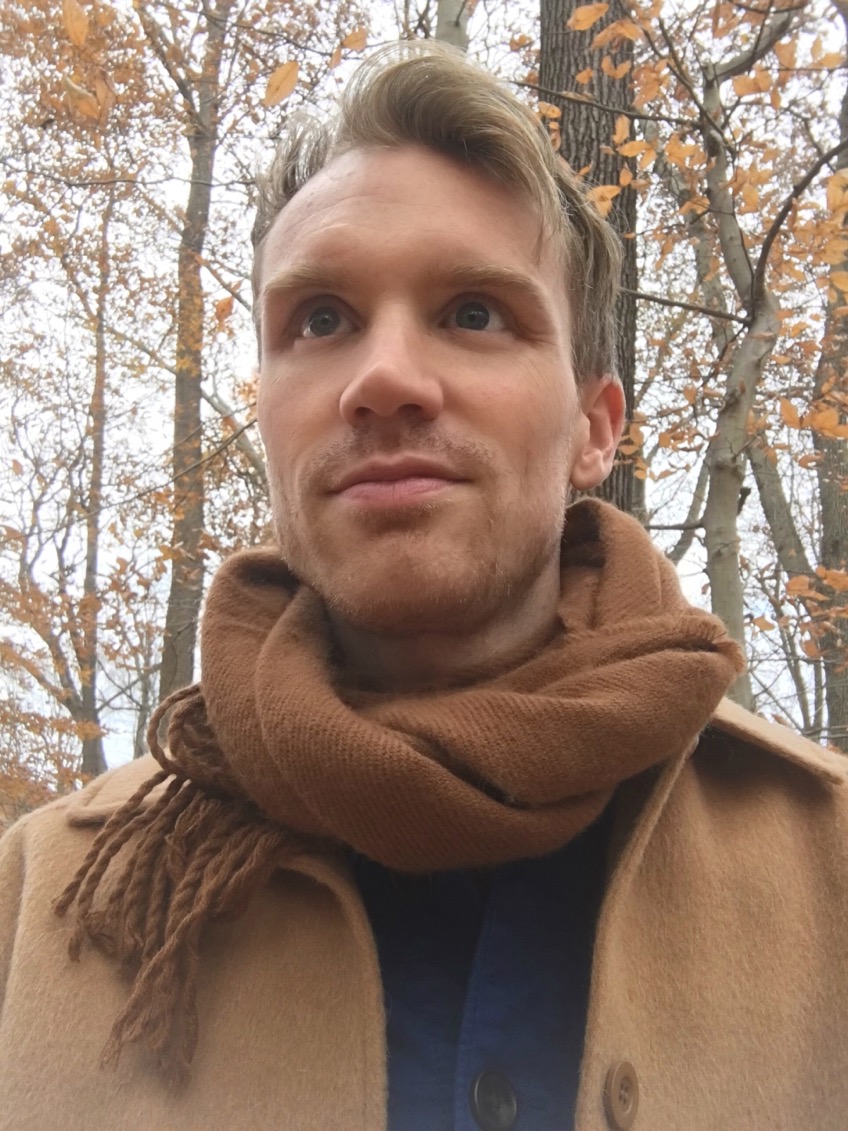
Christopher Kennedy
New York, US
environmentalperformanceagency.comChristopher Kennedy is an artist and educator based in Brooklyn, NY. With a background in environmental engineering, Kennedy re-imagines field science techniques and new forms of storytelling to develop embodied research, installations, sculptures, and publications that examine conventional notions of “Nature,” interspecies agency, and biocultural collaboration.
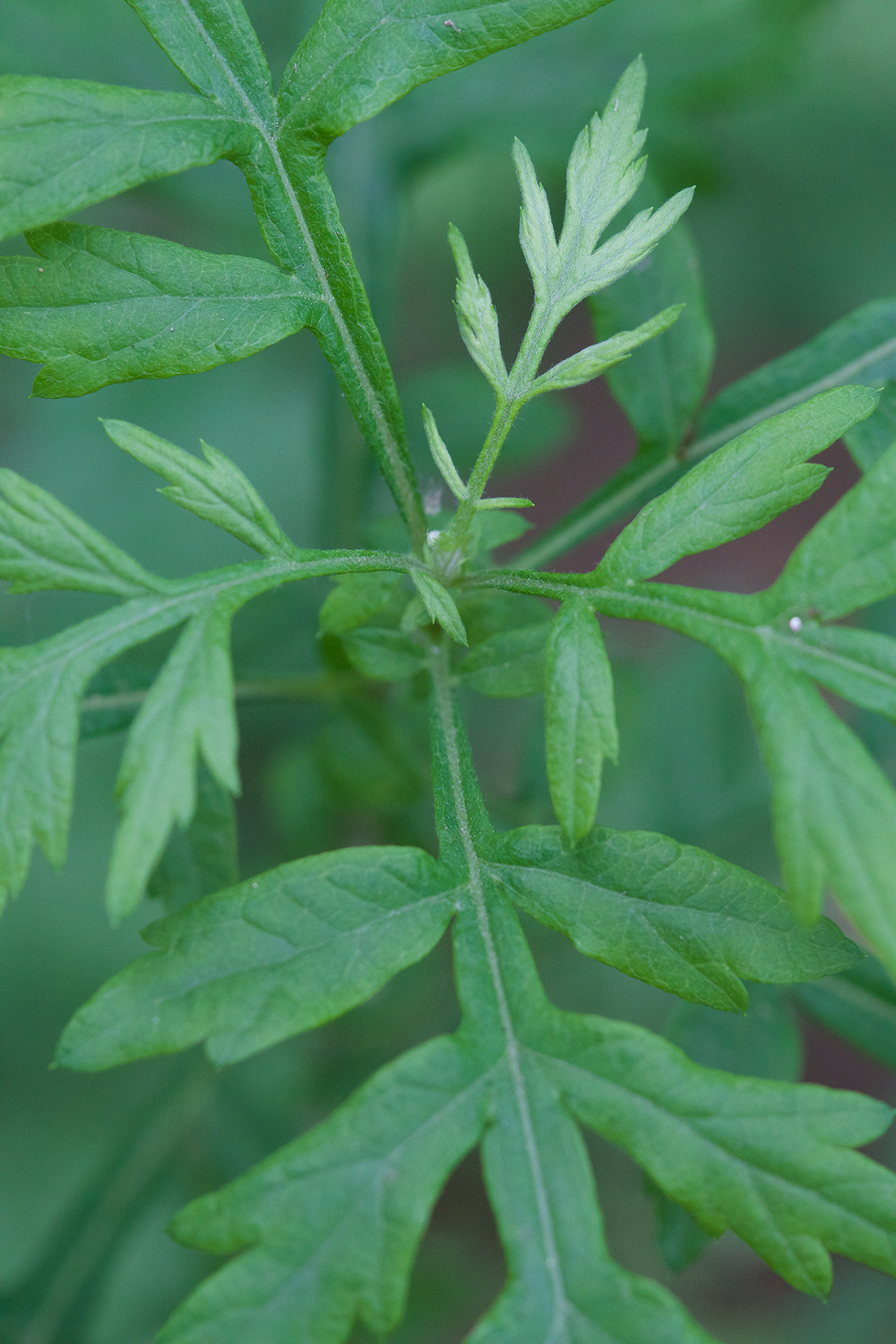
Artemisia vulgaris
New York
environmentalperformanceagency.comArtemisia vulgaris (common mugwort) community organizer representing the urban spontaneous plants and says : It is sensational to be smelly – be hazy — be tasty – be dreamy – be blurry – be green – be silver –be juicy – be fragile – be resilient – be vulnerable – be loud – be unnoticed –be overwhelming –be everywhere – To affect – be affected – To have no self-expression- To need light – water – touch – wind – rain – microorganisms – It is sensational – To be fluid – changeable – unpredictable – invasive– persistent – resilient – sharp. It is sensational to be a rhizome. It is sensational that you make me a stranger in the street -> an immigrant -> an alien -> a healer -> a smuggler -> with no passport
Team
Curators: Jeanne Charlotte Vogt & Alexander Scholz
Curatorial Advisor: Prof. Dr. Verena Kuni
Concept Mapping Eco Futures: Prof. Verena Kuni & Julia Schaake,
Concept Second Nature Platform: Prof. Florian Jenett,
Editorial Management: Julia Schaake
Texts: AG MAPPING ECO FUTURES (Goethe-University/Institut für Kunstpädagogik), Prof. Dr. Verena Kuni & Julia Schaake, Hannah Heilmann, Marie-Louise Meier, Julia Neumann, Daniela Sonnabend, Nikolett Trenka, Carla Wiggering
Gallery: Jeanne Charlotte Vogt, Alexander Scholz, Julia Schaake
Funded by


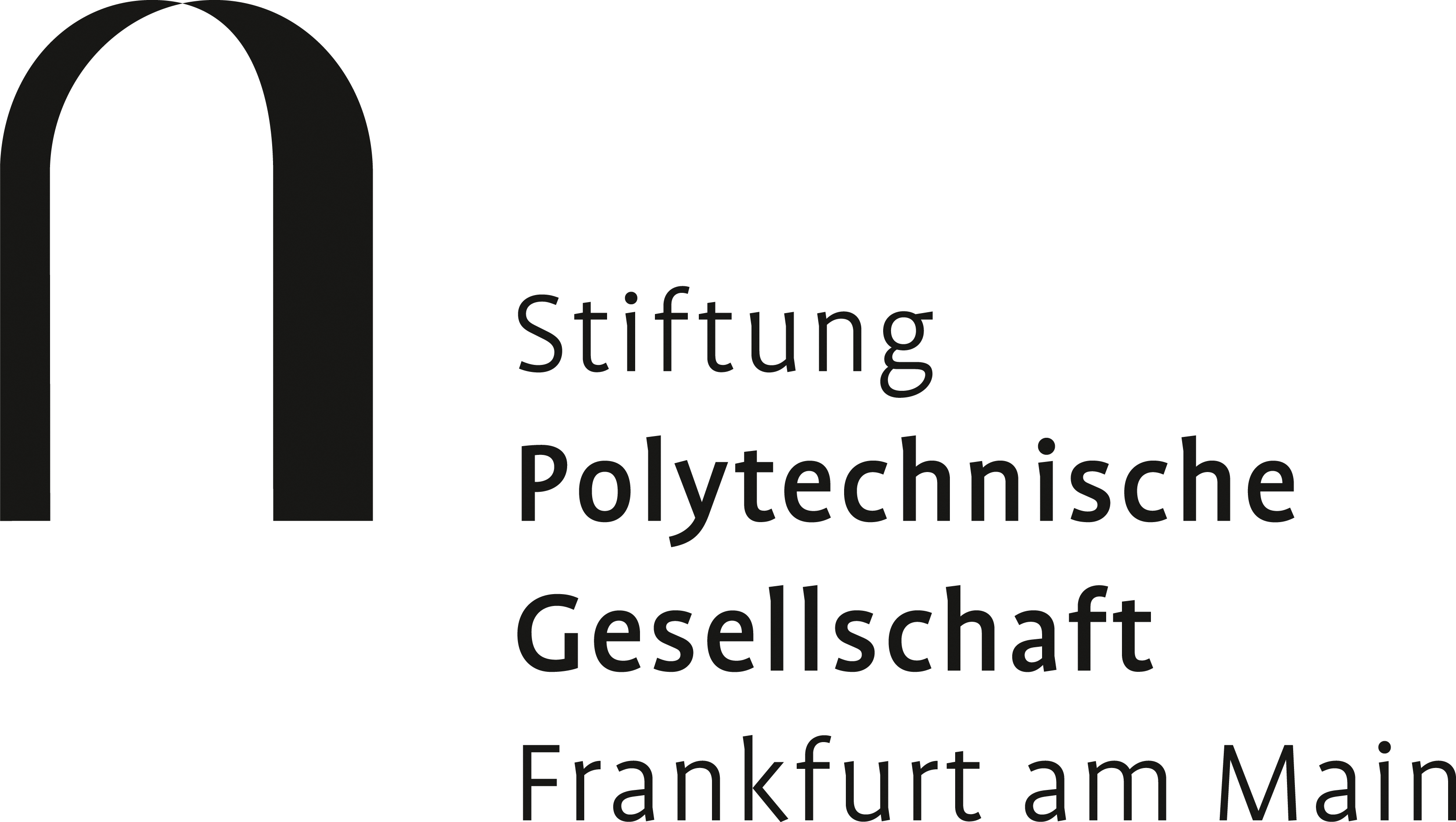
Project Partners
